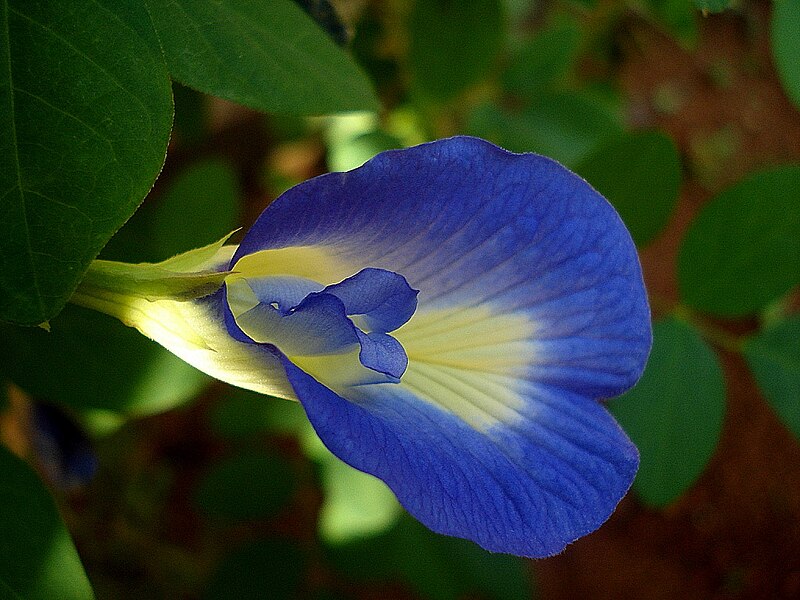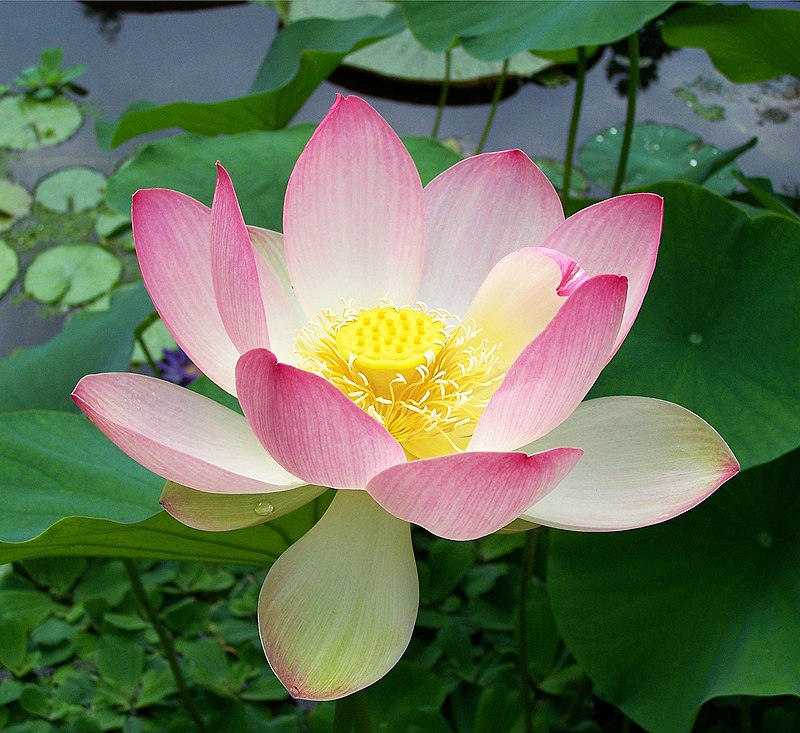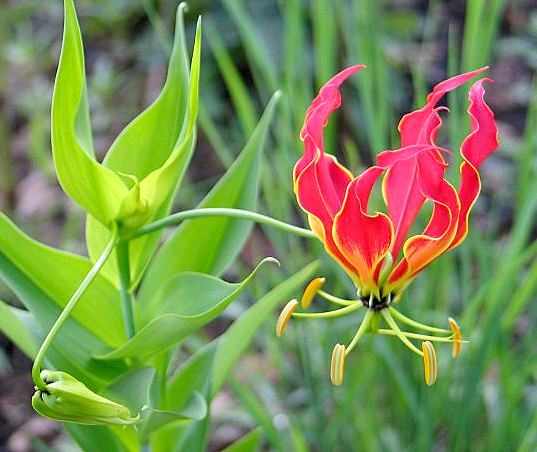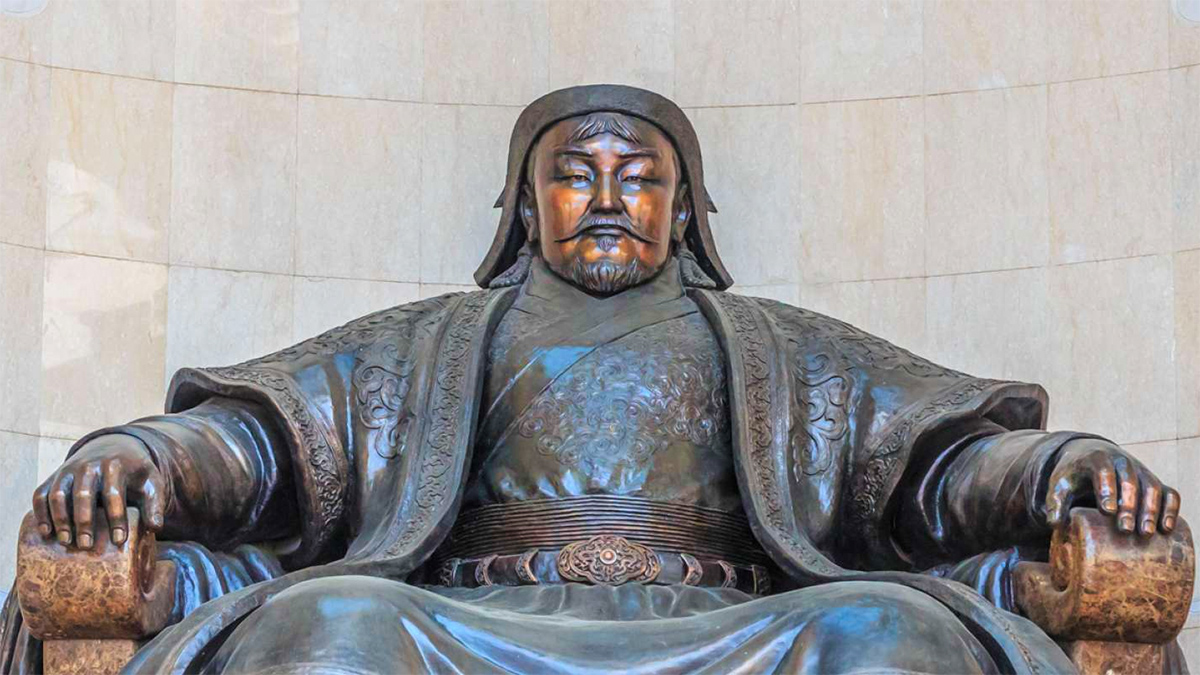Clitoria ternatea, Butterfly Flea, (Sinhala: Katarolu, කටරොළු) two types blue or white flowers. The blue flower variety is very common and grows wild and considered a weed in rural areas.


Uses:
- Southeast Asia, the flower is used as a natural food colouring
- Thai cuisine the flowers are dipped in batter and fried.
Tea from the flower
- Flower tea and dried lemongrass
- with lemon juice turns it purple
- With honey and lemon gives the tea a pink-purple color
With Gin
- Blue in the bottle (Needs to be stored in a dark place to keep color)
- Pink when mixed with a carbonated mixer

From
https://en.wikipedia.org/wiki/Clitoria_ternatea
Also see
https://www.researchgate.net/publication/331546748_Evaluation_of_Antioxidant_Properties_of_Different_Types_of_Katarolu_Clitoria_ternatea_L_Flowers_Grown_in_Sri_Lanka





 Genghis Khan and his empire, which lasted nearly two centuries, actually cooled the Earth.
Genghis Khan and his empire, which lasted nearly two centuries, actually cooled the Earth.